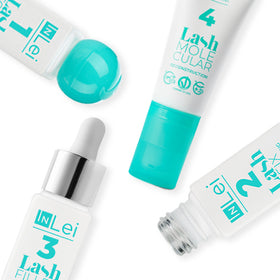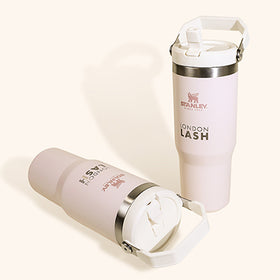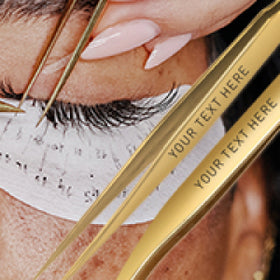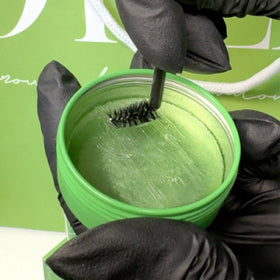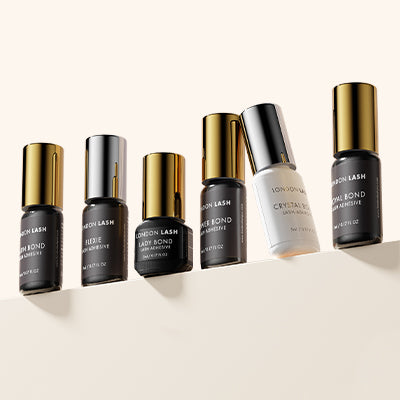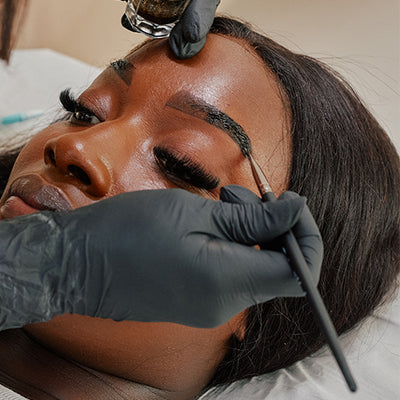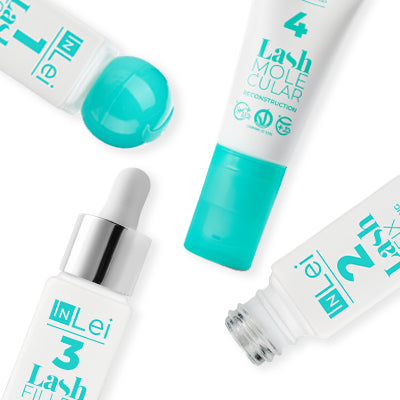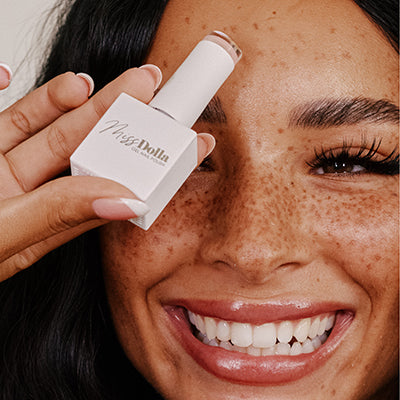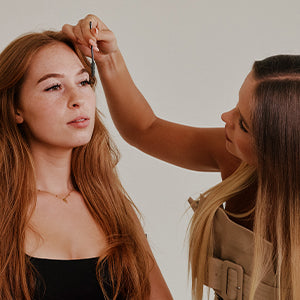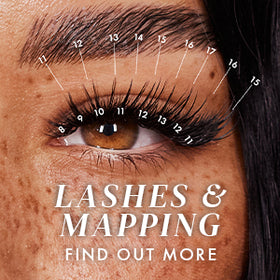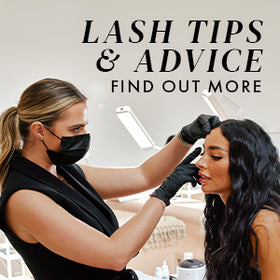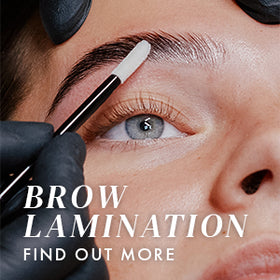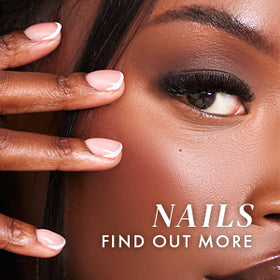How to Become A Lash Tech Part 4 | Your Guide to Implementing Salon Policies
This might feel like something that can take a back seat until you’re established with overflowing bookings and a client list longer than your arm, but believe us when we say that having policies in place right from the get go will not only safeguard you and your business, but will also build respect between you and your clients. When you’re just starting out as a lash tech, it can be difficult to know which policies to have in place, but that’s where we come in! These are the most common policies for lash tchs which will give you peace of mind, and will establish healthy business boundaries for your clients.
Patch Test Policy
Okay, so this isn’t necessarily something that you need to enforce and it’s actually been a bit of a debated topic in the lash industry for years now. Patch testing for eyelash extensions isn’t exactly foolproof – you’re applying 10 lashes per eye during a patch test, rather than the 80-150 you’d be applying during a regular full set, so it’s actually so common for a lash extensions patch test to yield a negative result, only for your client to react later. Couple that with the fact that it’s actually more common for clients who’ve been long time lash wearers to have a reaction due to the body building up a resistance to the glue over time, and I think you can see why patch testing policies are debated.

However, it’s worth noting two things here: firstly, some insurance companies will require you to carry out patch tests for your cover to be valid. In this case, you will have to have a mandatory patch test policy in place otherwise you run the risk of being sued and having no help from insurance. The second thing to note here is that even if your insurance company doesn’t enforce it (in this case they’ll likely refer you to who you bought the glue from to see what their guidance is) it’s worth at least offering one to your clients.
Carefully explaining the risks of allergic reactions – small though they may be – to your clients is vital, and giving them the option of having a patch test with all of that knowledge goes a long way in establishing trust.
Infill Policy
This might sound like something that doesn’t need a policy, but you will thank us for this one in due course. If you’ve not been a lash tech for very long, or if you’re yet to pick up a set of lash extensions tweezers, you’d be surprised how often a client will book an infill and walk in with two or three lashes hanging on for dear life.
An eyelash extensions infill, generally speaking, will involve re-lashing anything up to 40% of the lashes. Anything more than that and you’re entering full-set territory, and you should charge as much (unless it’s an issue with retention, in which case it’s worth looking into what might have gone wrong and working with your client to fix it). One way to minimise this is to get your clients to book in for an infill appointment at the end of their full set, and at each subsequent infill. Depending on their growth rate, it’s widely recommended that infill appointments are booked every 2-3 weeks to keep lashes looking full and fresh.
It’s worth having in place a little policy that says anything more than 3 weeks or anything more than 40% coverage is a full set, and may need to be rescheduled to allow for the appropriate appointment time.
Late Policy
Having a lateness policy will make your life easier, and will also improve the experiences of the clients that come after any latecomers.
First things first, decide what ‘late’ is to you. Generally speaking, 15 minutes late to a full set would be the cut off for lateness, at that point you can still do your full pretreatment routine, achieve decent coverage and check for stickies without losing too much in the way of how full the lashes look.
There are two ways to approach lateness, the first is to have a blanket ‘any more than 15 minutes and we have to reschedule your appointment’ which saves you from having to rush anything, and also sets a firm precedent that your time is important.
The second approach you could take is to start late, but finish at the allotted time for the appointment, and they get whatever coverage is possible. This approach is okay in some cases, if the person wanted a light set and you could do some lash magic with 2D fans to cover gaps etc., but it can come across as petty, certainly more petty than the first option, so just have a think about which approach best serves you.

No Show Policy
This is the main reason we highly recommend that you have a deposit system in place – charging a 50% deposit for any treatment means that you still take home a salary even if every client that day doesn’t show up without warning, and actually reduces the instances of clients not showing up.
If you have a client no-show, your policy can be that you keep their deposit – if they want to book again they pay a new deposit for their new appointment. There may be times that you waive this depending on the client and their situation, but having something in place will be a huge help to you in the long run.
Cancellation Policy
This goes hand in hand with the last one, it’s all about covering yourself with that deposit. The thing to really think about when it comes to cancellations is how likely are you to be able to fill that slot? As a general rule, consider having a cut off at 24 hours. If they let you know two days before their appointment that they can’t make it, that’s quite courteous and you can either transfer their appointment to a new day, or you can refund their deposit if that’s their preference. You have time to advertise and fill their slot. Anything less than 24 hours until their appointment and you’re well within your rights to keep that deposit, just like with a no-show.
Whatever policies you put in place, make sure they protect your business and your income first and foremost, and they protect the clients that respect your time. One last important thing to keep in mind is to ensure that all of your policies are clearly explained to your clients so that you don’t have any arguments about them in the future!
Want to know more? Check out the rest of the series!
Part 1: Picking the Best Course For You | Part 2: Associated Costs with Starting Up | Part 3: How to Price Your Treatments | Part 5: How to Get More Bookings | Part 6: Using Social Media for Business Growth | Part 7: Should You Expand Your Treatment List? | Part 8: What Else Can You Do With A Lash Qualification? | Part 9: How to Become A Lash Trainer
